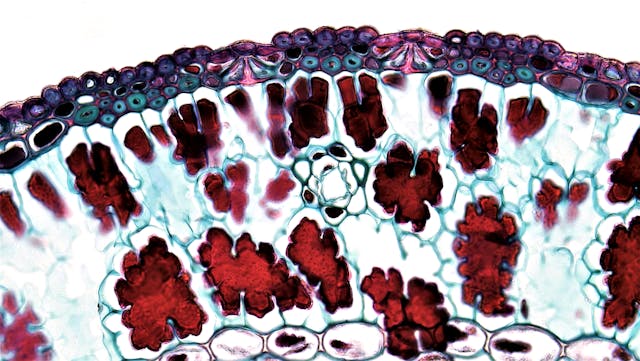Introduction
Peripheral artery disease (PAD) is a progressive vascular condition characterized by the narrowing or obstruction of peripheral arteries, most commonly affecting the lower extremities. PAD is associated with significant morbidity, including claudication, limb ischemia, and increased cardiovascular risk. Says Dr. Andrew Gomes, traditional management has focused on lifestyle modification, pharmacotherapy, and surgical revascularization; however, advances in endovascular technologies and novel therapeutic approaches have transformed disease management, offering minimally invasive solutions and improved patient outcomes.
These innovations aim to restore perfusion, reduce symptom burden, and prevent disease progression while minimizing procedural risk. Integration of emerging therapies into clinical practice has expanded treatment options and enhanced the precision of PAD care.
Endovascular Techniques and Innovations
Endovascular therapy has become the cornerstone of PAD management, offering minimally invasive alternatives to open surgery. Techniques include balloon angioplasty, stent implantation, atherectomy, and drug-coated devices. Innovations such as bioresorbable scaffolds and drug-eluting stents have improved vessel patency and reduced restenosis rates.
Advanced imaging guidance, including intravascular ultrasound (IVUS) and optical coherence tomography (OCT), allows precise lesion characterization, optimized device selection, and real-time procedural feedback. These tools enhance technical success and minimize complications, supporting tailored interventions for complex lesions, including long-segment occlusions and heavily calcified arteries.
Pharmacological and Adjunctive Therapies
Pharmacological management remains a critical component of PAD care. Antiplatelet agents, statins, and vasodilators reduce cardiovascular risk and improve functional outcomes. Novel therapeutic approaches, including anticoagulants, anti-inflammatory agents, and angiogenic growth factors, are under investigation for enhancing perfusion and promoting vascular repair.
Adjunctive therapies, such as supervised exercise programs and structured rehabilitation, complement interventional strategies by improving walking distance, muscle metabolism, and overall quality of life. Combining endovascular interventions with optimized pharmacotherapy offers a comprehensive approach, addressing both symptomatic relief and long-term cardiovascular protection.
Clinical Applications and Outcomes
Endovascular innovations have expanded treatment eligibility to patients previously considered high-risk for surgical revascularization. Minimally invasive procedures reduce hospital stay, lower perioperative morbidity, and allow rapid recovery. Real-world studies demonstrate improved limb salvage, enhanced walking ability, and reduced incidence of major adverse cardiovascular events when novel endovascular approaches are integrated into comprehensive care.
Patient selection, lesion assessment, and individualized therapy planning are essential for optimal outcomes. Multidisciplinary collaboration among vascular specialists, interventional radiologists, and cardiologists ensures coordinated care and facilitates adoption of cutting-edge technologies in clinical practice.
Challenges and Future Perspectives
Despite technological advances, PAD management faces challenges including restenosis, device-related complications, and limited long-term data for some novel therapies. Cost considerations, operator expertise, and access to advanced imaging modalities may also impact implementation in routine practice.
Future directions include the development of next-generation stents, drug delivery systems, and regenerative therapies targeting endothelial repair. Integration of precision medicine, genetic profiling, and advanced imaging for lesion characterization may further individualize PAD management, enhancing both safety and efficacy.
Conclusion
Peripheral artery disease management has evolved significantly with the advent of novel endovascular technologies and therapeutic innovations. By combining minimally invasive interventions, pharmacological optimization, and rehabilitative strategies, clinicians can improve functional outcomes, reduce complications, and enhance quality of life for patients. Continued research and technological development promise further advancement in PAD care, establishing a new standard for precision-guided vascular therapy.

